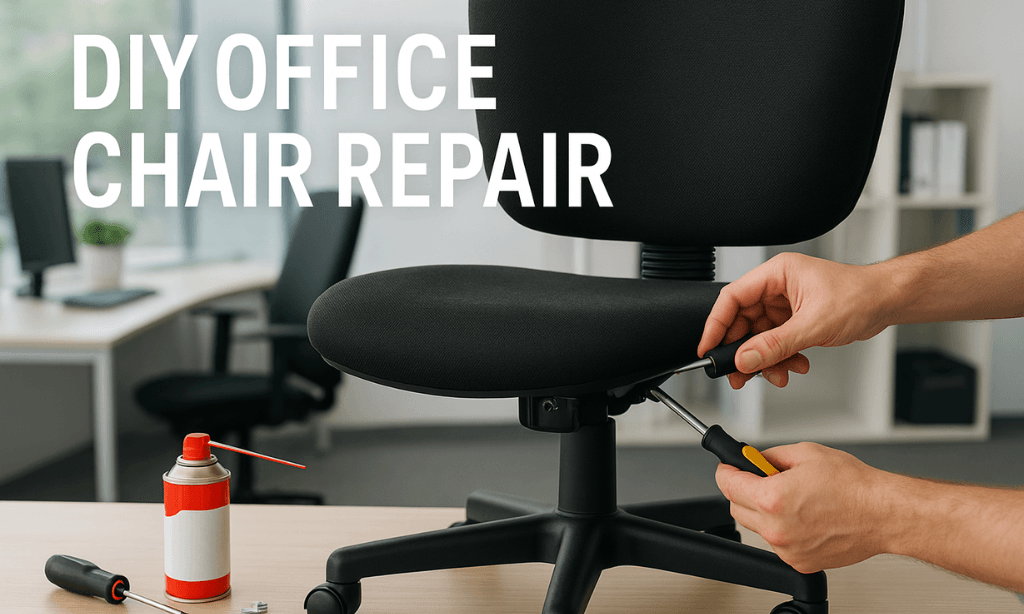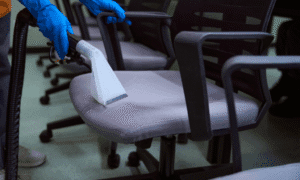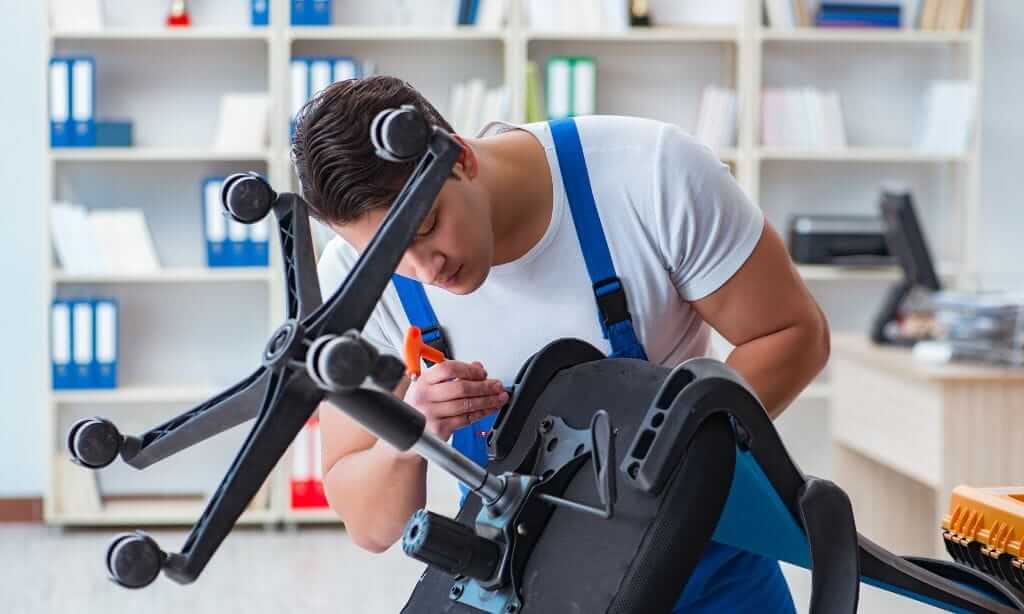An office chair is not just furniture—it’s where we sit for hours at work, studying, or working. A good operating chair helps keep us in posture, encourages comfort, and also affects productivity. But what if your chair begins to sink, squeak, or wobble, though? Do you have to rush out and purchase a new one, or can a DIY office chair repair work?
The best part is that not all chair problems call for a replacement. Simple problems can be fixed at home using basic tools and patience. In this guide, we are going to take you through DIY office chair repair tips, the issues you can fix yourself without causing any harm, and when and why you should call the professionals.
Why Consider DIY Office Chair Repair?
Repairing your chair rather than replacing it has some advantages:
- Saves money – Replacing chairs, especially ergonomic or branded chairs, can be expensive. DIY office chair repair will typically only be a fraction of that.
- Environmentally friendly – Repairing makes your chair last longer and produces less waste.
- Instant fixes – Most issues are basic and only take minutes to repair.
- Increased lifespan – Ongoing DIY office chair repair and maintenance can add years to the life of your chair.
Common Office Chair Problems That You Can Fix Yourself
Some problems are surprisingly simple to fix yourself. Using simple equipment such as a screwdriver, wrench, or WD-40, most issues can be fixed in seconds.
1. Squeaky or Noisy Chair
Squeak typically occurs because of loose bolts or dry hinges. Tighten all the screws and bolts, then grease or lubricate the moving parts. This easy action eliminates most noise issues.
2. Unstable or Wobbly Base
If the chair wobbles or shakes when you do not want it to, the seat plate or base is loose. Turn the chair over, tighten the bolts underneath the seat, and inspect for cracks. If the base is cracked, replace it with a new one.
3. Gas Lift Cylinder Problems (Chair Sinks)
There is nothing more frustrating than a chair that will not hold the correct height. For a temporary quickie repair, clamp a hose or PVC pipe over the cylinder.
For a permanent repair, remove the cylinder and the screw that it fits into by twisting the cylinder in a counterclockwise direction, then reinstall the cylinder. Cheaper replacement parts are available online.
4. Stuck or Broken Wheels
If your chair won’t roll smoothly, trash or hair in the wheels is most commonly the culprit. Remove wheels, vacuum out dirt and hair, and then clean. Replace damaged wheels with heavy-duty or rollerblade-style casters for gliding smoothness.
5. Broken Armrests
Ripped or cracked armrests diminish comfort over time. Place on padded covers or replace arm pads entirely. Both are inexpensive and simple.
6. Loose or Swaying Backrest
If the backrest vibrates, it’s likely because the screws are loose or there is a defective tilt mechanism. Tighten screws, reload the tension knob, or replace the tilt spring if necessary.
When to Avoid DIY Office Chair Repair?
Not all issues can be fixed by DIY Office Chair Repair. Some require a professional repair —or even replacement. The following are the reasons when you should consider calling a professional for repairs:
- Cracked frame: A cracked metal or plastic frame is not worth repairing and should not be fixed. It’s unsafe to repair and should be replaced.
- Extreme damage: Repair is possible, but let the experts do it.
- Warranty office chairs: If your chair is still under warranty, a DIY office chair repair can void the warranty, so be careful.
- Extreme upholstery damage: Reupholstering may be possible, but in most cases, it is best left to the experts.
Preventive Maintenance Tips for Longer Chair Life
Regular maintenance can minimize the frequency of DIY office chair repair.
- Loose screws tightened monthly.
- Joints lubricated half-yearly.
- Wheels cleaned regularly.
- Avoid loading over the capacity weight.
- Use chair mats to minimize floor friction.
These are simple habits that can lengthen the life of your chair by a considerable number of years.
DIY Office Chair Repair vs Replacement: How to Make the Decision
Here is a brief guide:
- Go for DIY office chair repair if the repair is affordable in terms of less than 30% of the value of the chair and can be done safely at home.
- Replace the chair when several parts are out, the frame has been compromised, or repair is too expensive.
Read Also:
Final Thoughts
Your office chair is your quiet business partner for getting the job done. When it begins to squeak, wobble, or sag, you don’t always need to run out and purchase a new one. With DIY office chair repair, you can fix many of the most common issues on your own—saving you money, cutting waste, and making your workspace comfortable.
However, DIY office chair repair works well for minor issues, but structural damage or intricate mechanisms are best left to the experts. With the right balance achieved, you can have your chair working and supportive for years to come.




